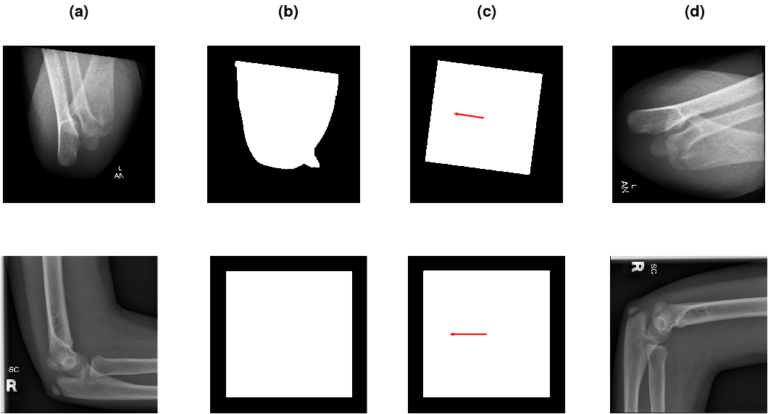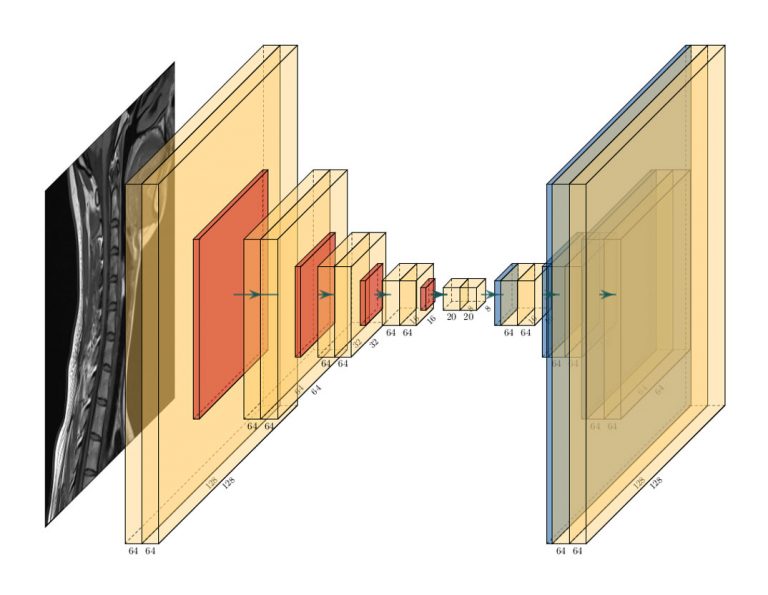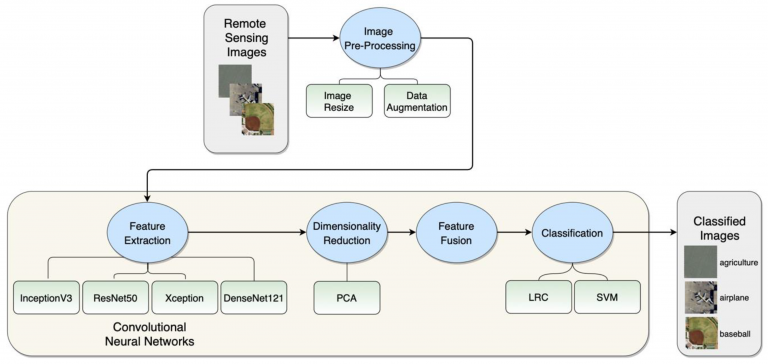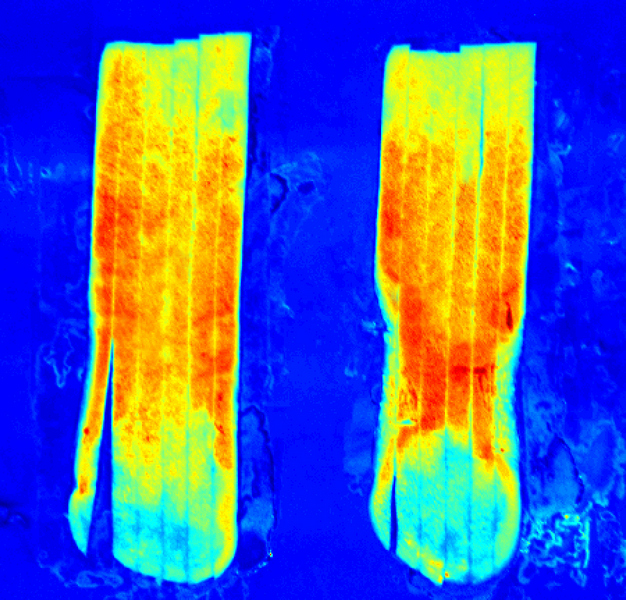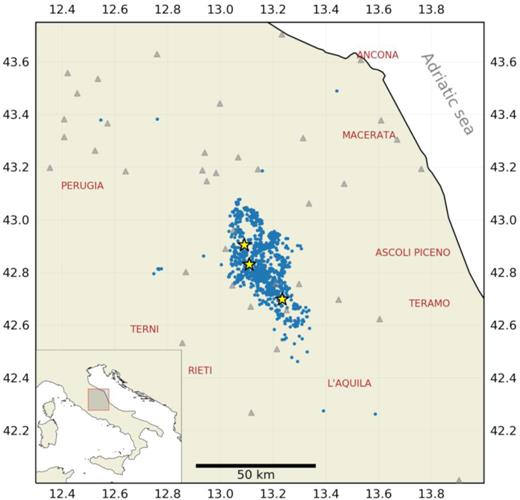Background and objectives: Computer-aided diagnosis relies on machine learning algorithms that require filtered and preprocessed data as the input. Aligning the image in the desired direction is an additional manual step in post- processing, commonly overlooked due to workload issues. Several state-of-the-art approaches for fracture detection and disease-struck region segmentation benefit from correctly oriented images, […]
Machine Learning Laboratory
Machine Learning for Knowledge Transfer in Medical Radiology
Medical radiology is often used in clinical analysis to establish a medical diagnosis in a non-invasive manner. By considering the morphological properties of the observed area, clinicians can determine the presence of an injury or a disease without the need for invasive surgery. The purpose of computer-aided diagnosis (CAD) is to help physicians with interpreting […]
ICAIH 2020 conference presentation
Ivan Štajduhar gave a talk titled “The reach and limitations of machine intelligence” at the Third International Conference on Artificial Intelligence Humanities (ICAIH 2020), co-organised by the Chung-Ang University, Seoul, South Korea and the University of Rijeka.
Deep Learning for Feature Extraction in Remote Sensing: A Case-Study of Aerial Scene Classification
Scene classification relying on images is essential in many systems and applications related to remote sensing. The scientific interest in scene classification from remotely collected images is increasing, and many datasets and algorithms are being developed. The introduction of convolutional neural networks (CNN) and other deep learning techniques contributed to vast improvements in the accuracy […]
European Network for assuring food integrity using non-destructive spectral sensors
There is an increasing need for the food industry to provide information on their products in order to satisfy quality standards and to protect their products from food fraud. Recent developments in technology, and advances in big data analytics, provide the opportunity for step-changes that can transform the role of food integrity assurance from one […]
Rapid prediction of earthquake ground shaking intensity using raw waveform data and a convolutional neural network
This study describes a deep convolutional neural network (CNN) based technique to predict intensity measurements (IMs) of earthquake ground shaking. The input data to the CNN model consists of multistation, 3C acceleration waveforms recorded during the 2016 Central Italy earthquake sequence for M ≥ 3.0 events. Using a 10 s window starting at the earthquake origin time, we find […]
National Competence Centres in the Framework of EuroHPC (EUROCC)
H2020-JTI-EuroHPC-2019-2
Automatic Annotation of Narrative Radiology Reports
Narrative texts in electronic health records can be efficiently utilized for building decision support systems in the clinic, only if they are correctly interpreted automatically in accordance with a specified standard. This paper tackles the problem of developing an automated method of labeling free-form radiology reports, as a precursor for building query-capable report databases in […]
Paper presented at ICPRAM 2020
Teo Manojlović presented a paper titled “Using DICOM Tags for Clustering Medical Radiology Images into Visually Similar Groups”, at the 9th International Conference on Pattern Recognition Applications and Methods (ICPRAM 2020), Valletta, Malta, February 22-24, 2020. http://dx.doi.org/10.5220/0008973405100517
Adaptive Filtering and Analysis of EEG Signals in the Time-Frequency Domain Based on the Local Entropy
The brain dynamics in the electroencephalogram (EEG) data are often challenging to interpret, specially when the signal is a combination of desired brain dynamics and noise. Thus, in an EEG signal, anything other than the desired electrical activity, which is produced due to coordinated electrochemical process, can be considered as unwanted or noise. To make […]
